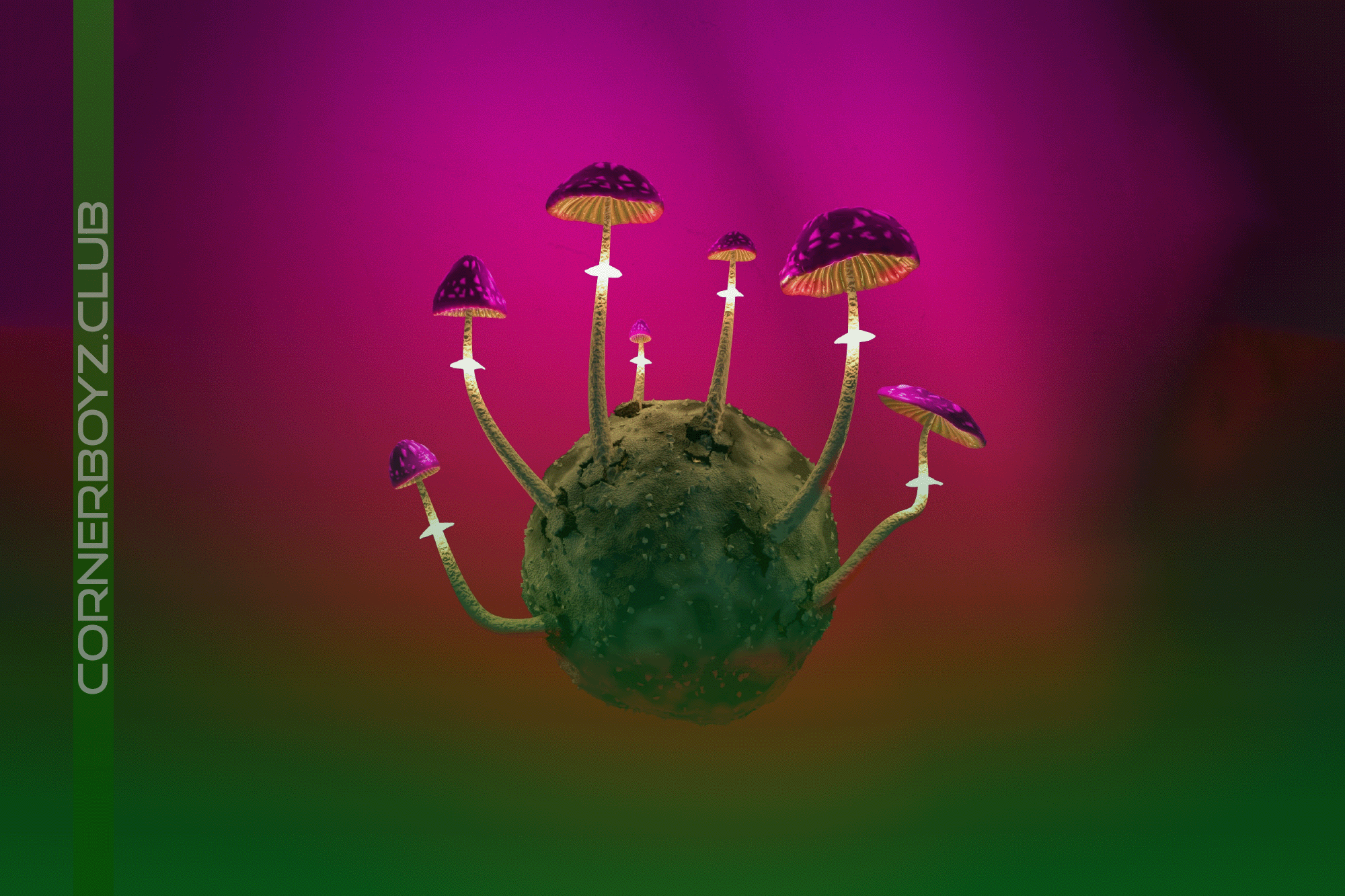
Public interest in microdosing marijuana and psychedelics has been spiking amid the reform movement, with Google searches related to the dosing technique growing by 1,250 percent from 2015 to 2023, according to a new study federally funded study published by the the American Medical Association (AMA).
Researchers at the University of California San Diego conducted an analysis of Google search queries related to microdosing from 2010 to 2023, comparing the trends to local and state cannabis and psychedelics policy changes. They found a “notable increase in searches for microdosing across the US” that are attributable to the reforms.
The study, published in JAMA Health Forum on Friday, utilized an event-time difference-in-difference model to investigate a potential casual effect. Researchers looked at monthly and annual changes in microdosing searches before and after a state or locality enacted a drug policy change.
“Searches for microdosing in the US remained stable until 2014, then increased annually thereafter, with a cumulative increase by a factor of 13.4 from 2015 to 2023 (7.9 per 10 million to 105.6 per 10 million searches, respectively),” it found. “In 2023, there were 3.0 million microdosing searches in the US.”
“Interest in microdosing is increasing across the US and is influenced by legislative reforms concerning both psychedelics and cannabis.”
Broken down further, the study found that local psychedelics decriminalization laws were linked to a 22.4 per million increase in microdosing search rates; statewide psychedelics reform laws were associated with a 28.9 per 10 million increase; statewide adult-use marijuana laws increased microdosing search rates by 40.9 per 10 million; and medical cannabis legalization caused an increase of 11.5 per 10 million.
“As public interest in using psychedelics and cannabis for health grows, it’s crucial that the medical community conducts studies to establish a strong evidence base for their safety and efficacy,” researchers wrote. “Without understanding the risks and benefits, people may turn to unproven alternative therapies, exposing themselves to potential dangers. It’s our responsibility as a medical community to ensure patients have access to safe, effective and evidence-based treatments.”
Eric Leas, an assistant professor of public health and senior author of the study, cautioned that psilocybin and other psychedelics remain Schedule I substances under federal law, meaning their use “poses legal risks for consumers and concerns of product impurity because of a lack of manufacturing standards.”
The study, which was funded by the National Institute on Drug Abuse and the California Tobacco Related Disease Research Program, concludes by saying the findings “suggest that rigorous clinical studies are needed to evaluate the safety profile and potential benefits of microdosing to inform evidence-based practices and policymaking to match public interest.”
“Additional population-based surveillance is needed to identify who is microdosing, their reasons, and how these practices might change with the evolving legal landscape,” it says.
“State-led legislative reforms on cannabis and psychedelics were associated with increased public interest in microdosing psychedelics.”
To be sure, a majority of states have enacted some form of marijuana legalization, while a growing number of states and localities are pursuing psychedelics reform. National Institute of Drug Abuse (NIDA) Director previously told Marijuana Moment that the “train has left the station” on psychedelics as the reform movement spreads.
And while the researchers for the JAMA study noted that federal prohibition means unsanctioned use of the psychedelic could pose risks to consumers, another federal agency recently acknowledged the potential benefits the substance might provide—including for treatment of alcohol use disorder, anxiety and depression. It also noted psilocybin research being funded by the federal government into the drug’s effects on pain, migraines, psychiatric disorders and various other conditions.
Separate research published recently on psilocybin found that it’s unlikely that a single experience with the drug changes people’s religious or metaphysical beliefs—though it may affect their perception of whether animals, plants or other objects experience consciousness.
Findings of another recent study suggests that the use of full-spectrum psychedelic mushroom extract has a more powerful effect than chemically synthesized psilocybin alone, which could have implications for psychedelic-assisted therapy. The findings imply that the experience of entheogenic mushrooms may involve a so-called “entourage effect” similar to what’s observed with cannabis and its many components.
A separate study recently published by AMA found that single-dose psilocybin use was “not associated with risk of paranoia,” while other adverse effects such as headaches are generally “tolerable and resolved within 48 hours.”
That study, published in JAMA Psychiatry, involved a meta-analysis of double-blind clinical trials where psilocybin was used to treat anxiety and depression from 1966 to last year.
AMA published another recent study that similarly contradicted commonly held beliefs about the potential risks of psychedelics use, finding the substances “may be associated with lower rates of psychotic symptoms among adolescents.”
Also, results of a clinical trial published by AMA in December “suggest efficacy and safety” of psilocybin-assisted psychotherapy for treatment of bipolar II disorder, a mental health condition often associated with debilitating and difficult-to-treat depressive episodes.
The association also published research last August that found people with major depression experienced “clinically significant sustained reduction” in their symptoms after just one dose of psilocybin.
Source: Kyle Jaeger – marijuanamoment.net